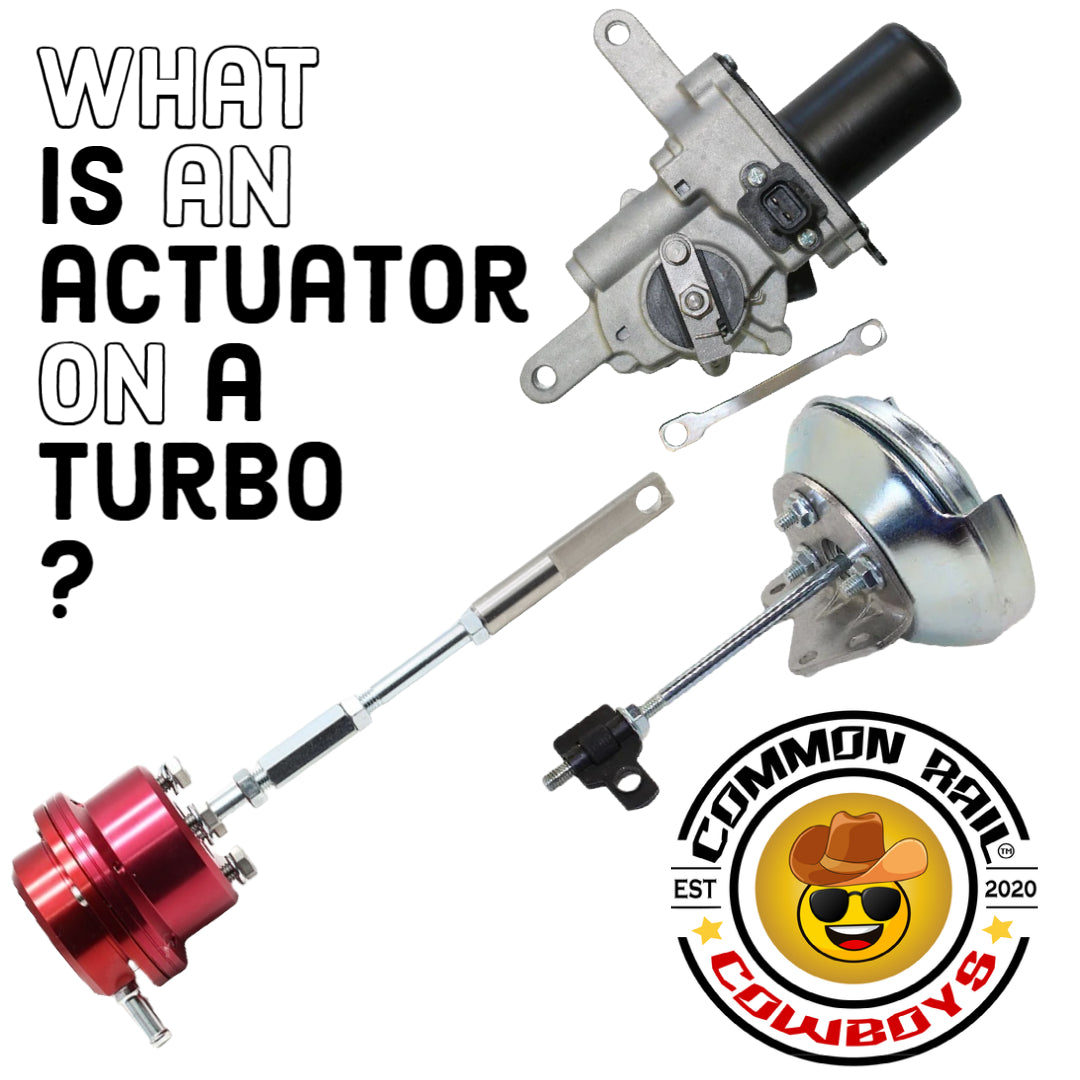Good question!
In the world of turbochargers, there are many components that work together to boost the performance of an engine. One such component is the actuator. But what exactly is an actuator on a turbo, and how does it work?
What is a VNT Turbo Actuator?
A Variable Nozzle Turbine (VNT) turbo actuator is a crucial component in a turbocharged engine. It controls the flow of exhaust gases into the turbine, optimizing the turbocharger's performance. The VNT turbo actuator adjusts the angle of the turbine vanes, allowing the turbocharger to operate efficiently across a wide range of engine speeds.
How Does a VNT Turbo Actuator Work?
The VNT turbo actuator is connected to the turbocharger's vanes through a linkage system. It is typically controlled by the engine's electronic control unit (ECU) based on various engine parameters such as speed, load, and temperature. When the ECU determines that more boost pressure is required, it sends a signal to the VNT turbo actuator to adjust the vanes' position.
By changing the angle of the vanes, the VNT turbo actuator controls the exhaust gas flow onto the turbine wheel. At low engine speeds, the vanes are adjusted to create a narrow passage, increasing the exhaust gas velocity and improving turbocharger response. As the engine speed increases, the vanes open wider, allowing more exhaust gas to flow onto the turbine wheel, generating higher flow.
What is a Wastegated Turbo Actuator?
A wastegated turbo actuator is another type of turbocharger actuator commonly used in automotive applications. It regulates the boost pressure produced by the turbocharger to prevent overboosting, which can lead to engine damage.
How Does a Wastegated Turbo Actuator Work?
The wastegated turbo actuator is connected to a wastegate valve, which diverts a portion of the exhaust gases away from the turbine wheel. When the boost pressure reaches a predetermined level, the wastegated turbo actuator opens the wastegate valve, allowing some exhaust gases to bypass the turbine. This limits the boost pressure and prevents it from exceeding the engine's safe operating limits.
The wastegated turbo actuator can be as simple as a boost pressure signal to a spring loaded diaphragm, or it can be controlled by the ECU - which continuously monitors the engine's operating conditions. If the ECU detects that the boost pressure is approaching dangerous levels, it sends a signal (generally pneumatically or electronically) to the turbo actuator to open the wastegate valve and release excess exhaust gases.
There are also Standalone Electronic Boost Pressure Controllers (EBC's) available that function similar to the ECU controlled type but primarily operate off an independant MAP sensor, these can be used to control ramp rate, maximum boost, and often have safety features built into them to protect your turbocharger from overspeed by the way of a max boost setting,
Examples of Toyota Turbo Diesel Engines with Electronically Controlled Turbo Actuators
Toyota has been known for producing reliable and efficient turbo diesel engines. Some examples of Toyota turbo diesel engines that feature turbo actuators include:
- Toyota Fortuner / Hilux / Hiace / Prado 1KD D4D 3.0L Turbo Diesel Models
- Toyota Land Cruiser 70 / 200 series 1VD D4D 4.5L Turbo Diesel Models
- Toyota Fortuner / Hilux / Hiace / Prado 1GD D4D 2.8L Turbo Diesel Models
Note:
In Australia, the 1VD comes with more than one type of actuator depending on the model.
The 1VD on the 200 series Land Cruiser generally has 2 electrotonically controlled units, where as the 70 series platform uses an pneumatic (vacuum style) actuator and uses an electronic vacuum solenoid (VSV) to control vacuum to a diaphragm connected to the VN control arm.
These engines all utilise turbo actuators to optimize performance and ensure efficient power delivery.
Conclusion
VNT and Wastegated Turbo Actuators play vital roles in optimizing the performance and protecting the Turbo and Engine of a turbocharged vehicle.
The VNT turbo actuator adjusts the turbine vanes to control exhaust gas flow and boost pressure, while the wastegated turbo actuator prevents overboosting by diverting excess exhaust gases.
Understanding how these actuators work helps in appreciating the engineering behind turbocharged engines and their efficient operation.

